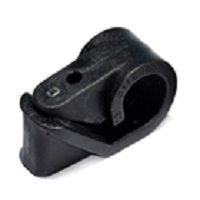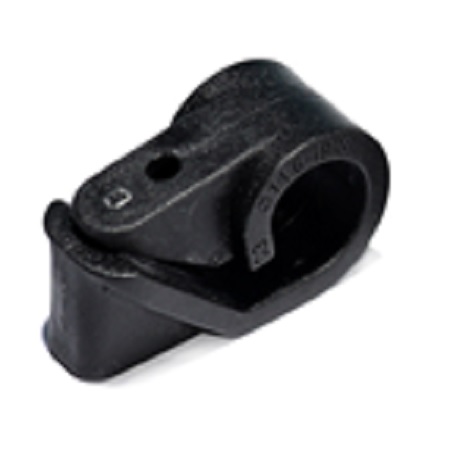Single Cable Cleat
Single Cable Cleat
In order to limit excessive movement, vibration, and potential damage, electrical cables are restrained and secured with the use of a cable cleat. It is frequently utilized in industrial settings, power distribution systems, and electrical projects.
A cable cleat's main function is to mechanically support and relieve strain on cables, especially when there is a risk of cable movement due to environmental conditions like short circuits, fault currents, or strong winds. Typically, cable cleats are constructed from strong materials like metal, plastic, or composites.
A cable cleat is often made of a solid or semi-rigid structure with slots or apertures that allow cables to be entered. The construction of the cleat, where the cables are located, serves to maintain their spacing and keep them from tangling with one another or with other pieces of machinery.


 Cash on delivery available
Cash on delivery available Returns allowed
Returns allowed